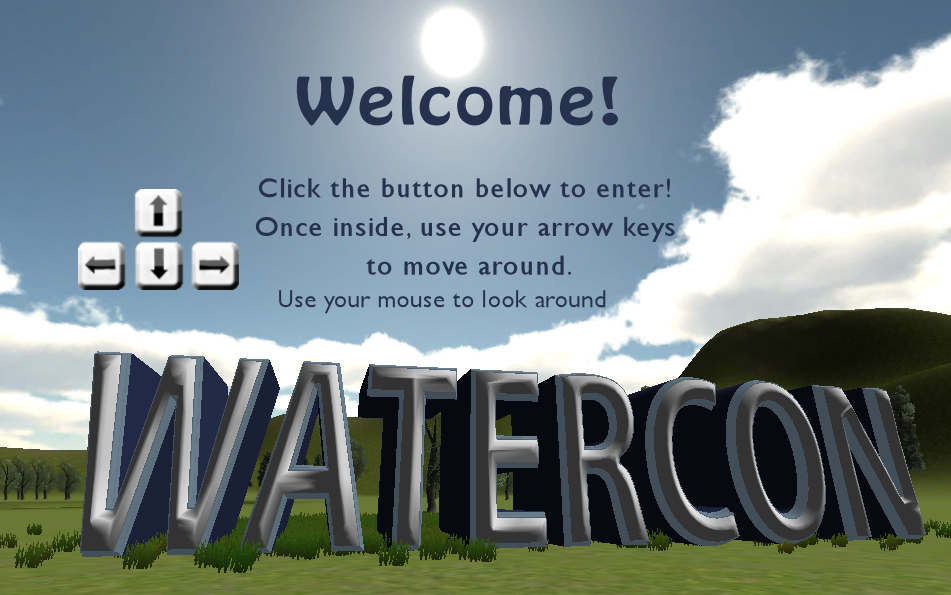 It has been about a year and a half since this blog first discussed (link here) how some employers and public schools were forcing employees and students to allow unrestricted access to their private social media accounts. We also pointed out the risks associated with those actions. At the time, there had not yet been a lot of discussion about this online, particularly when the actions were undertaken by schools. But since then, people have recognized that this was happening, and fortunately, many states now have laws to prevent this abuse of privacy. Also, over the last month or so, I learned another important piece of information that would help at least those in Illinois who end up dealing with a public school system that violates a student's rights. So with all this new information, I wanted to update everyone on the topic.
It has been about a year and a half since this blog first discussed (link here) how some employers and public schools were forcing employees and students to allow unrestricted access to their private social media accounts. We also pointed out the risks associated with those actions. At the time, there had not yet been a lot of discussion about this online, particularly when the actions were undertaken by schools. But since then, people have recognized that this was happening, and fortunately, many states now have laws to prevent this abuse of privacy. Also, over the last month or so, I learned another important piece of information that would help at least those in Illinois who end up dealing with a public school system that violates a student's rights. So with all this new information, I wanted to update everyone on the topic.
Addressing a student's civil rights
First and most importantly, I received confirmation of what I had suspected – at least in Illinois, public schools cannot simply call in a student without their parent's knowledge to undergo sensitve questioning particularly when it involves anything related to sex. This is true whether the public school official is the same or opposite sex of the student. Should this happen to someone for whom you are responsible, you can try to talk to the school officials. But if you read the initial article about our own experience with this type of situation, you would know that this does not always work. Some officials choose to enter into a denial and attack mode and refuse to address their abuse of a student's rights. So if that happens and you are looking for resolution of the matter, I finally learned the agency to talk to is the Illinois Department of Human Rights. If you follow that link, there is more information about what actions are prohibited in education and how you can file a complaint. On the flip side, if you are a public school official or manager/supervisor, it is imperative that your staff receives training in these laws. Typically it seems teachers are very aware and respective of any requirements involving a student, but public school officials need to make sure this training also extends to administrative staff.
Another point to remember as a public school administrator is that once you make the decision to force a student to give access to social media accounts, you can potentially gain knowledge of sensitive information that, depending on how it is handled, could again lead to a violation of the student's civil rights or other types of liability. Because of the risks involved and because forcing access to a student's social media accounts can be viewed as a violation of a student's constitutional rights, states have been enacting legislation to protect these rights. All public school officials need to be aware of their own state's laws related to this matter and discuss their policies and procedures with their own attorneys.
Legislation passed to restrict social media access
Even more prevalent have been actions by employers to gain access to an employee's account. In response to this, in 2012, six states passed legislation to regulate an employer's access to an employee's social media accounts: Maryland, California, Illinois, Michigan, Delaware, and New Jersey. Of those, California, Delaware, Michigan, and New Jersey included legislation that also regulated access to social media accounts of students. That year a total of 14 states introduced legislation to address this issue.
And in 2013, according to the National Conference of State Legislatures, ten states, Arkansas, Colorado, Illinois, Nevada, New Jersey, New Mexico, Oregon, Utah, Vermont and Washington, passed either new or additional legislation to regulate an employer's access to their employees' social media accounts. Of those, Arkansas, Illinois, New Mexico, Oregon, Utah, included legislation to regulate access to social media accounts of students. Another 24 states introduced legislation to address an employer's and. in some cases, school's access to social media accounts.
If you are interested in checking out each specific article of legislation, the National Conference of State Legislatures has a comprehensive write up here:
EMPLOYER ACCESS TO SOCIAL MEDIA USERNAMES AND PASSWORDS 2013
Employer restrictions on the use of social media
Over the years, regulating social media at work through the use of a policy has become more complicated. What employers have discovered is that these regulations need to navigate and take into consideration existing laws and employee rights. That seems obvious, but the reality is that many did not. A good example of what to take into consideration in your policy is found in A Legal Guide To The Use Of SOCIAL MEDIA IN THE WORKPLACE, a document written by the Minnesota Department of Employment and Economic Development and Gray Plant Mooty. This comprehensive guidance covers everything from use of social media during work to its use outside of work and includes discussion about ownership of accounts and copyright issues. While it is written for Minnesota-based employers, it is still a great example of what a good policy should cover and consider.
If you are looking for more of an international perspective, the American Bar Association has a good summary here: Social Media in the Workplace: Employer Protections versus Employee Privacy.
Finally, I've noticed lately some agencies considering policies that would prevent employees from indicating their employer on their own social media accounts. However, before an employer imposes such a restriction they should consult with their attorney and read the decisions published by the National Labor Relations Board (NLRB). In one of their memos, the NLRB suggests that such a restriction might be unlawful. Here is a link to the site where the NLRB has a few more links to their decisions related to this topic: Acting General Counsel issues second social media report.
Overall, whether you are an employer, employee, school administrator, or student, it is important to understand social media is not something to be taken lightly, and the regulation and handling of its use is something that needs to be done with a clear understanding of the law. This can be difficult at times because this involves applying existing laws and rights and human behavior to an ever-changing technology. To ensure a successful and lawful social media policy, each agency should consult regularly with their attorney about their policies, and employees and students need to understand their own rights and responsibilities.
Note: This article is for informational purposes only and is not meant to be offered as a legal opinion or decision.






